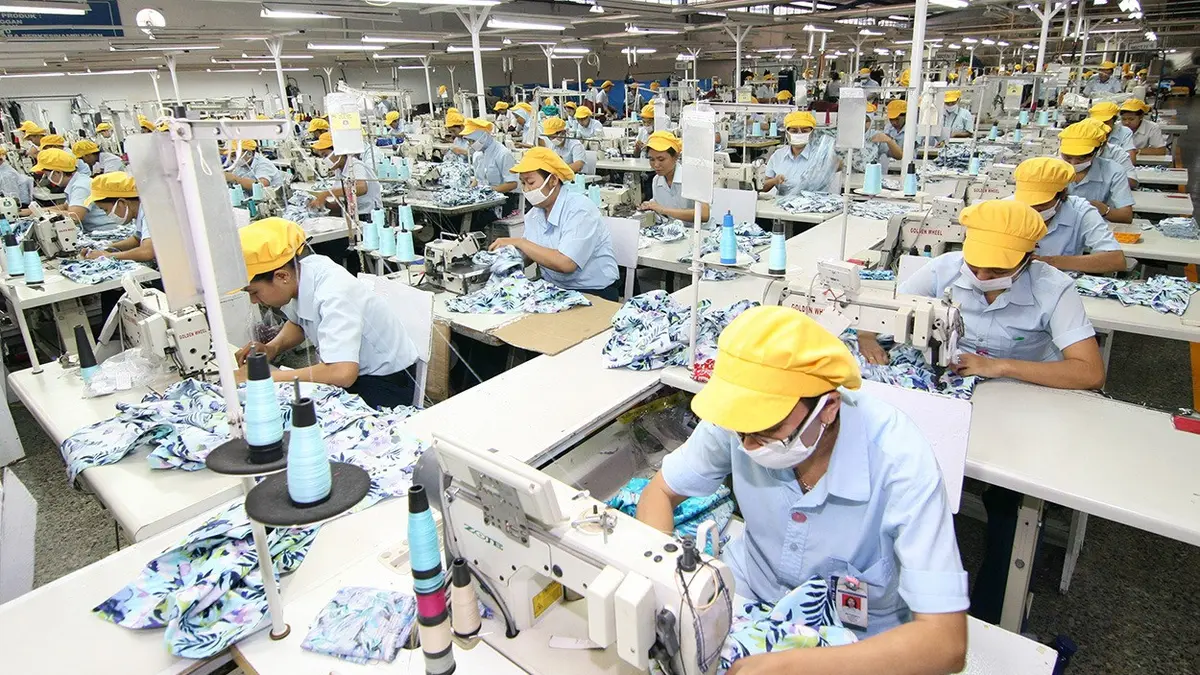The textile, apparel, and footwear industries remain crucial for Indonesia's economic growth, despite challenges such as mass layoffs, bankruptcies, and factory closures in recent years. The performance of these industries has shown signs of recovery, contributing to a 3.32% growth in gross domestic product (GDP) until the third quarter of 2024. This is an improvement from a -1.98% growth in the previous year.
The contribution of the textile and apparel sector to the GDP was 0.99% in the third quarter of 2024, highlighting its importance. Adie Rochmanto, the Director of Textile, Leather, and Footwear Industry at the Ministry of Industry, explained that the government aims for the textile and apparel industries to grow by 5% over the next five years. This growth trajectory positions the sector as a key contributor to Indonesia’s target of 8% national economic growth in 2025.
In 2025, the textile industry is expected to grow by 4.3%, contributing 1.07% to the GDP. The sector is projected to employ 3.98 million people, an increase from 3.76 million in 2023. This demonstrates its vital role in the workforce. However, challenges like the recent rise in the minimum wage have put additional pressure on labor-intensive industries like textiles.
Timothy Apriyanto, Vice Chairman of the Indonesian Textile Association (API) in Yogyakarta, emphasized that the future of Indonesia's textile industry depends on producing high-value products. Small and medium enterprises (SMEs) can thrive by capitalizing on export opportunities to markets in Europe and the United States. However, medium-sized companies are struggling to stay afloat amid disruptions in domestic supply chains.
The sector is facing a decline in demand, inefficient technology, and reduced competitiveness due to increasing competition from countries like China and Vietnam. Furthermore, the textile supply chain is under pressure from imported raw materials, including rayon, polyester, wool, and cotton, particularly from China. This dependence on imports has placed additional strain on the domestic textile industry.
Timothy also highlighted the importance of revitalizing Indonesia’s cotton production. Currently, Indonesia is entirely dependent on China and Korea for cotton supplies. However, the country once exported cotton, and with the right initiatives, local cotton production could be revived. To achieve this, Indonesia would need to cultivate 350,000 hectares of land for cotton farming to reduce reliance on imports.
The textile industry’s future remains uncertain, but with strategic adjustments and improved technological innovation, it can remain a key driver for Indonesia's economic growth in 2025 and beyond.
BISNIS
Read More






 Sunday, 02-11-25
Sunday, 02-11-25







